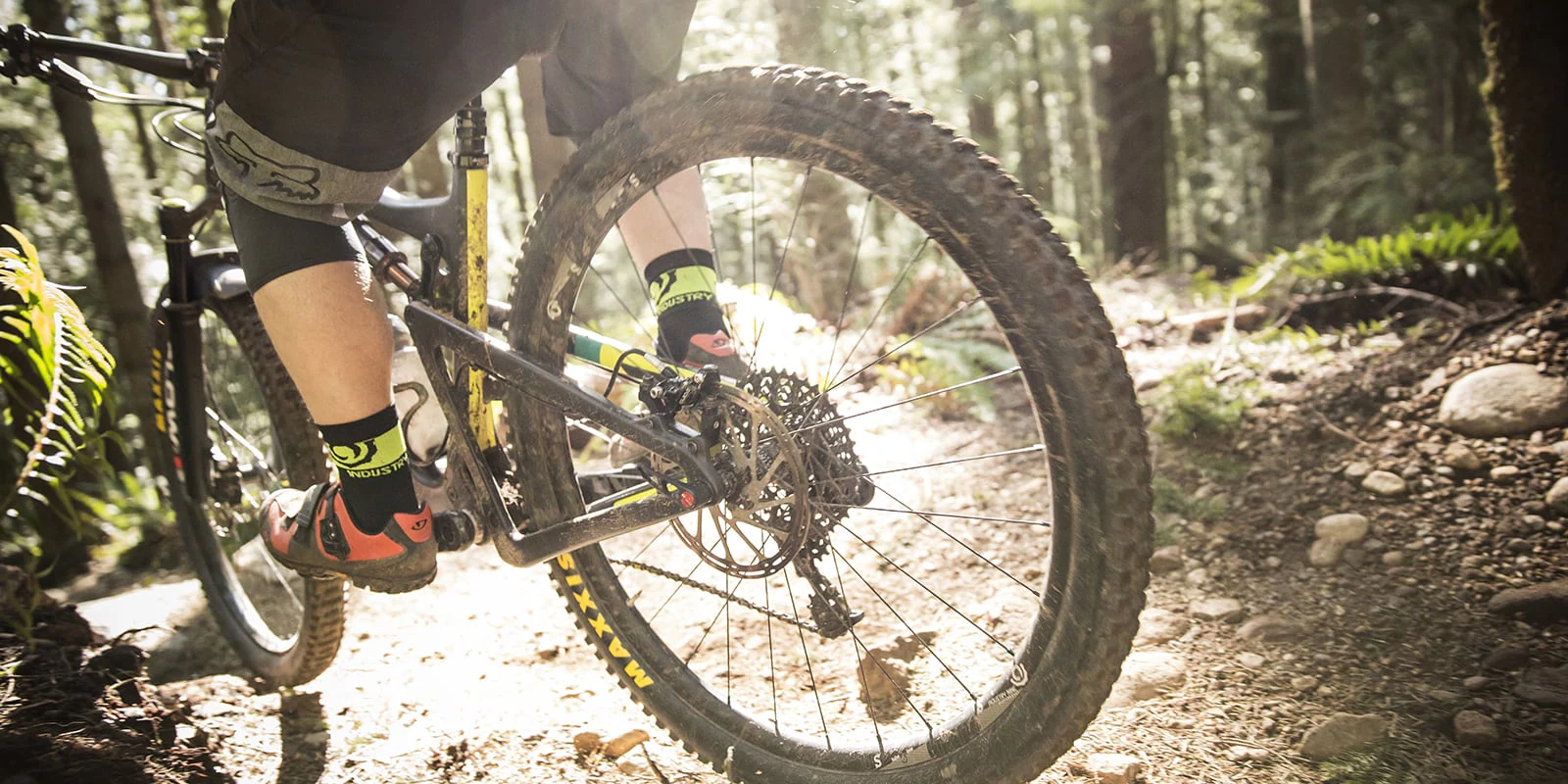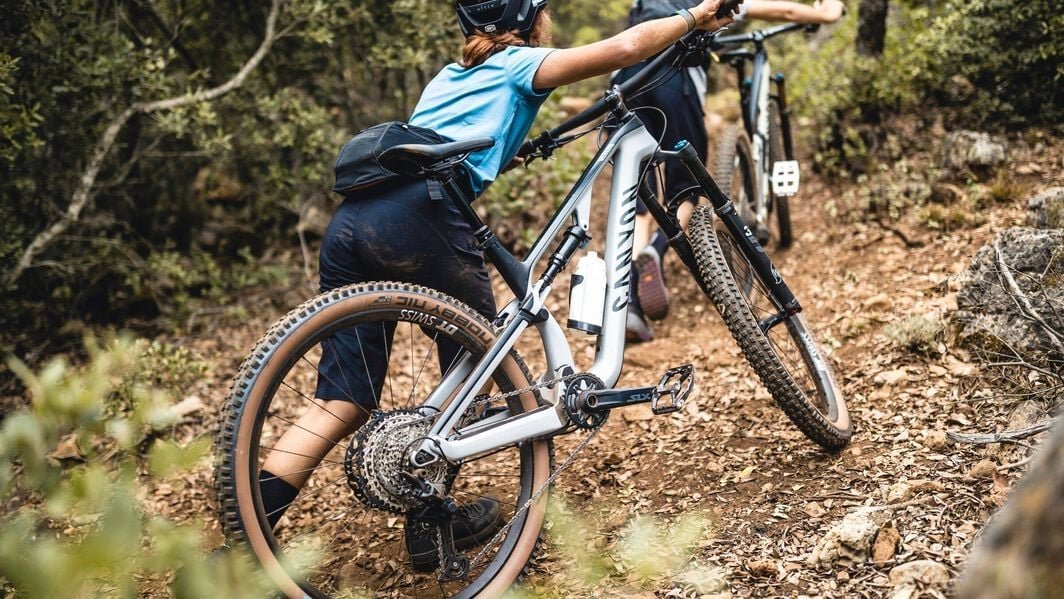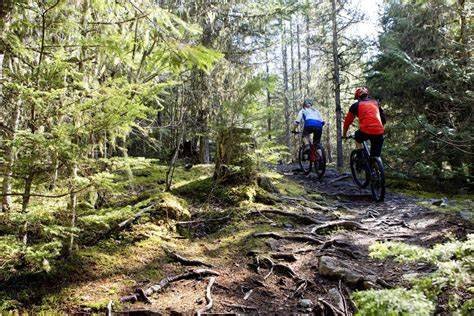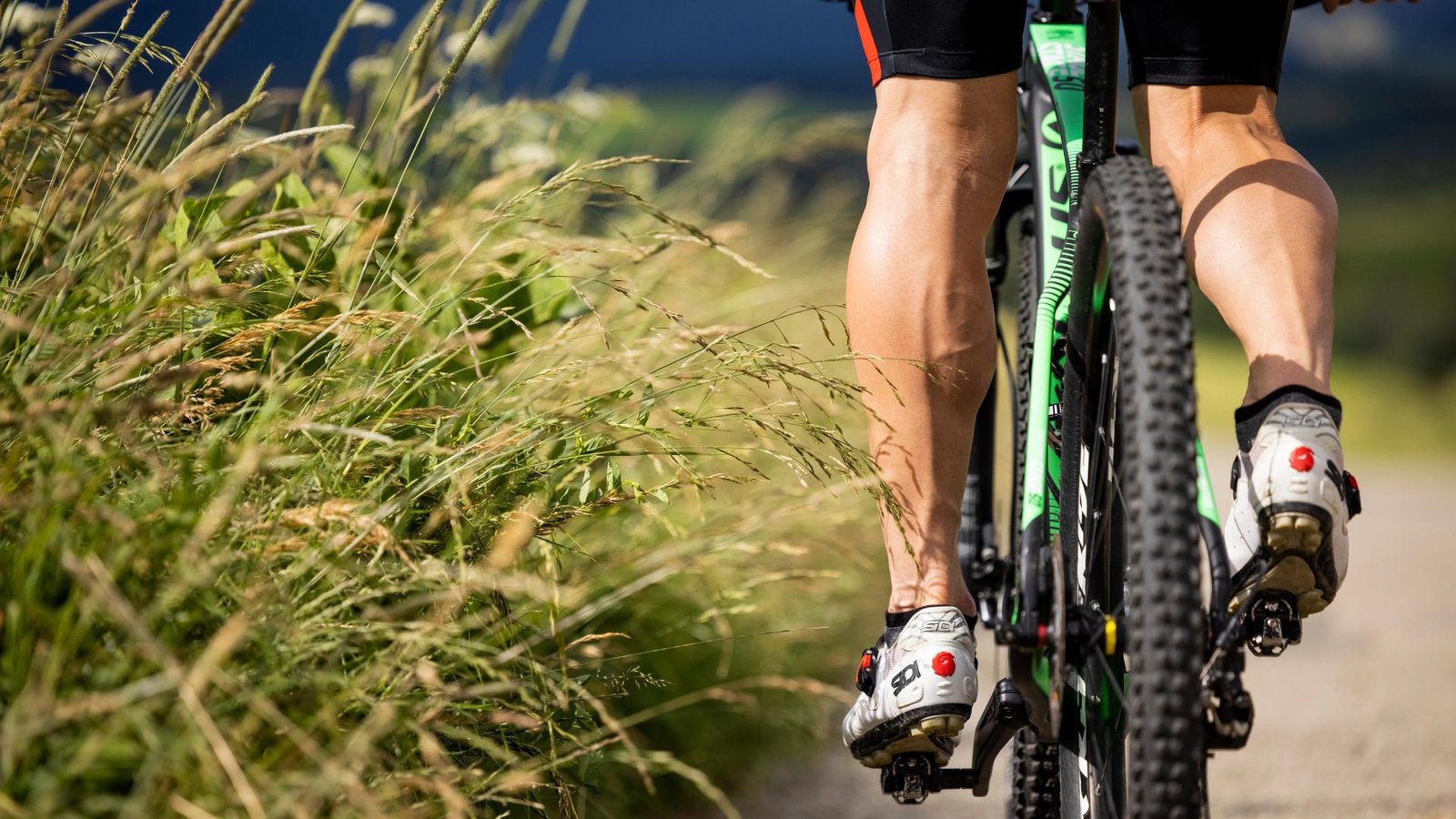Starting out in mountain biking can be both exciting and a bit daunting, especially when faced with rugged trails and technical challenges. With the right preparation and mindset, however, you can have a smooth introduction to this adrenaline-packed sport. Below are some essential tips and tricks for beginners to help you get started on the right foot and improve your mountain biking skills.
1. Choose the Right Bike
Your bike is your most important tool, and choosing the right one is key to a great riding experience. Beginners should start with a bike that suits their riding style and the terrain they plan to explore.
- Hardtail vs. Full Suspension: A hardtail bike (with front suspension only) is lighter and less expensive, making it a great option for beginners who ride less technical trails. Full suspension bikes, with front and rear suspension, offer more comfort and control on rough terrain but are often more expensive.
- Wheel Size: Most modern mountain bikes come with either 27.5-inch or 29-inch wheels. While 27.5-inch wheels offer more agility, 29-inch wheels roll over obstacles more easily, giving a smoother ride.
2. Wear the Right Gear
Safety is a priority when starting out. Proper gear can help prevent injury and ensure a comfortable ride.
- Helmet: Always wear a well-fitting mountain biking helmet. This is non-negotiable for safety.
- Gloves: Gloves offer better grip and protect your hands from blisters and scrapes.
- Padded Shorts: These will reduce saddle discomfort during longer rides.
- Knee and Elbow Pads: These are helpful for added protection, especially when riding more challenging trails.
- Eye Protection: Sunglasses or goggles protect your eyes from debris and help with visibility in different lighting conditions.

3. Get Comfortable with Basic Skills
Before tackling technical trails, it’s important to get comfortable with basic mountain biking skills. Practice these on flat or easy terrain before moving onto more difficult trails.
- Braking: Learn to use both your front and rear brakes effectively. Front brakes provide more stopping power but can cause you to go over the handlebars if used too hard. Rear brakes offer more control on descents. Practice modulating your brakes for smooth stops.
- Body Position: Keep your body centered over the bike. When descending, shift your weight back slightly to maintain control. On climbs, lean forward to keep traction on the front wheel.
- Pedaling Technique: Focus on smooth, consistent pedaling. Avoid stomping on the pedals, which can cause you to lose traction on loose or rocky terrain.
4. Master the Attack Position
The attack position is the neutral stance you’ll use on your bike when approaching obstacles, rough terrain, or descents.
- How to Do It: Stand up on the pedals, with your knees slightly bent. Keep your elbows out, and your back straight but relaxed. Your pedals should be level with each other (not one higher than the other), and your weight should be evenly distributed over the bike.
- When to Use It: Use the attack position on any technical sections of the trail, such as when navigating rocks, roots, or drops. It helps you absorb shocks and stay balanced on uneven terrain.
5. Learn to Handle Obstacles
Trails are filled with natural obstacles like rocks, roots, and logs. Here’s how to handle them effectively:
- Roll Over Obstacles: For smaller obstacles, it’s often best to roll over them with a slight lift of your front wheel. Keep your eyes ahead and let the bike absorb the impact.
- Lifting the Front Wheel: For larger obstacles, practice lifting your front wheel over them by shifting your weight back and pulling up on the handlebars.
- Rock Gardens: When riding through rocky sections, stay loose and let the bike move beneath you. Focus on the line you want to take, and use your arms and legs to absorb bumps.
6. Start Slow on Easy Trails
When beginning, stick to beginner-friendly trails that are less technical. These trails are often smoother and have fewer obstacles, allowing you to build your confidence and skills gradually.
- Green Trails: Most trail networks use a color-coded system, with green trails being the easiest. These trails are a good starting point for new riders.
- Progress Gradually: Once you feel comfortable, move on to blue trails (intermediate), which are more technical but still manageable for progressing riders.
7. Learn to Read the Trail
Being able to read the trail ahead is an important skill. This helps you anticipate obstacles and choose the best line to ride.
- Look Ahead: Keep your eyes focused several feet in front of your bike rather than directly at your front wheel. This will help you react to changes in terrain more smoothly.
- Line Choice: Choose the smoothest and safest line around obstacles, avoiding unnecessary rough sections when possible. With more experience, you’ll learn to identify which obstacles you can tackle directly and which ones to avoid.
8. Use Gears Efficiently
Mountain bikes come with multiple gears to help you tackle climbs and descents more easily.
- Shifting Up: Shift into a harder gear (higher) when you’re on flat terrain or descending to maintain speed without over-pedaling.
- Shifting Down: When climbing or approaching steep sections, shift into an easier gear (lower) to make pedaling less strenuous.
- Smooth Shifting: Anticipate shifts before you need them, and shift smoothly while pedaling lightly to prevent chain drops.
9. Ride with Friends or Join a Group
Riding with others is not only safer but also more fun. If possible, ride with experienced friends who can give you tips and guide you through trails. Many areas also have mountain biking clubs or beginner groups that offer a supportive environment for learning.
10. Have Fun and Be Patient
Mountain biking is a skill that takes time to develop. Don’t get discouraged if you’re not mastering technical sections right away. The key is to have fun, stay patient, and celebrate the small victories as you improve.
Conclusion
Mountain biking is an exciting way to explore the outdoors, build fitness, and challenge yourself. As a beginner, focus on safety, mastering basic skills, and choosing the right equipment for your needs. By following these tips and practicing consistently, you’ll quickly gain confidence and become a more skilled rider.




